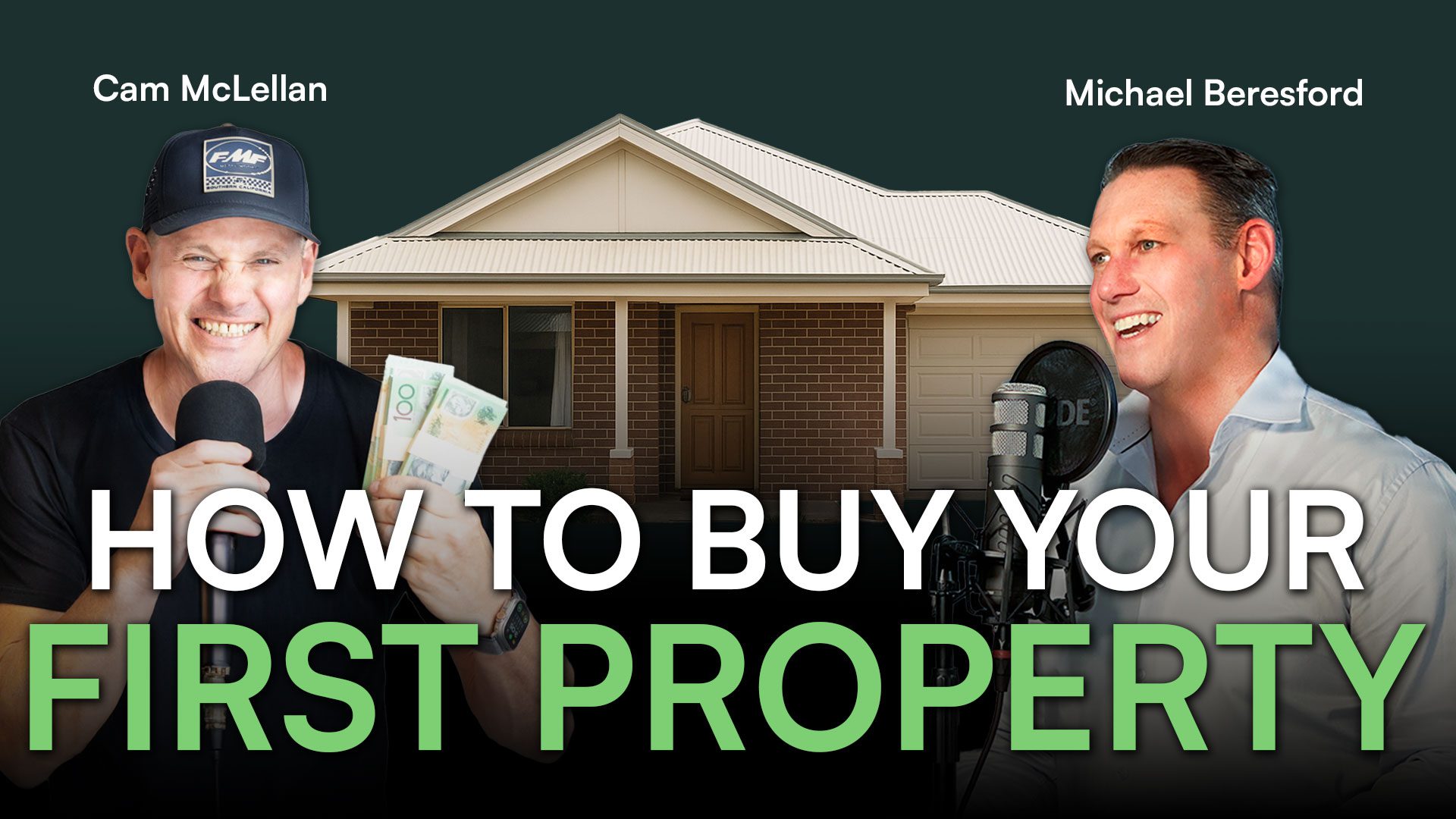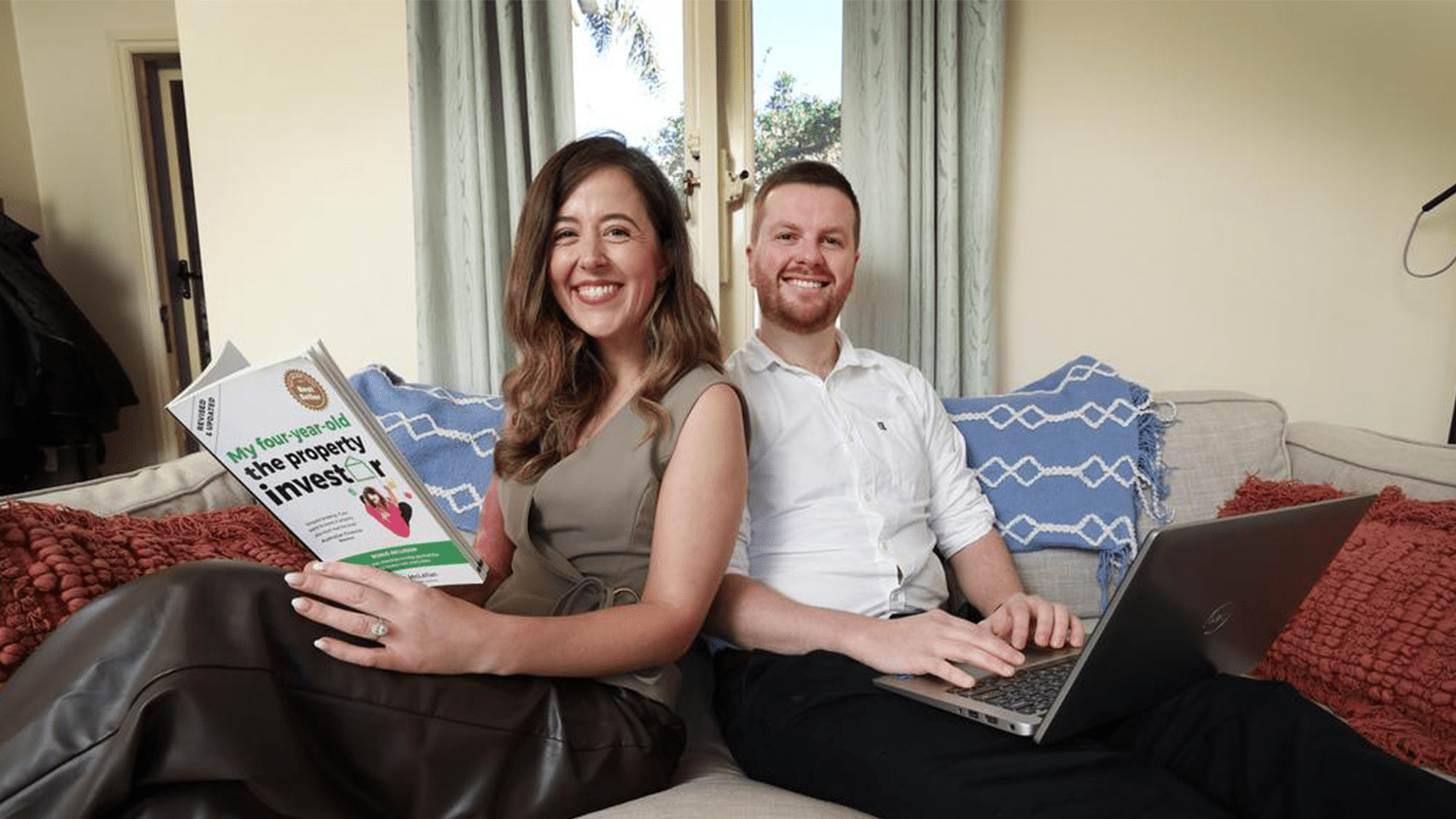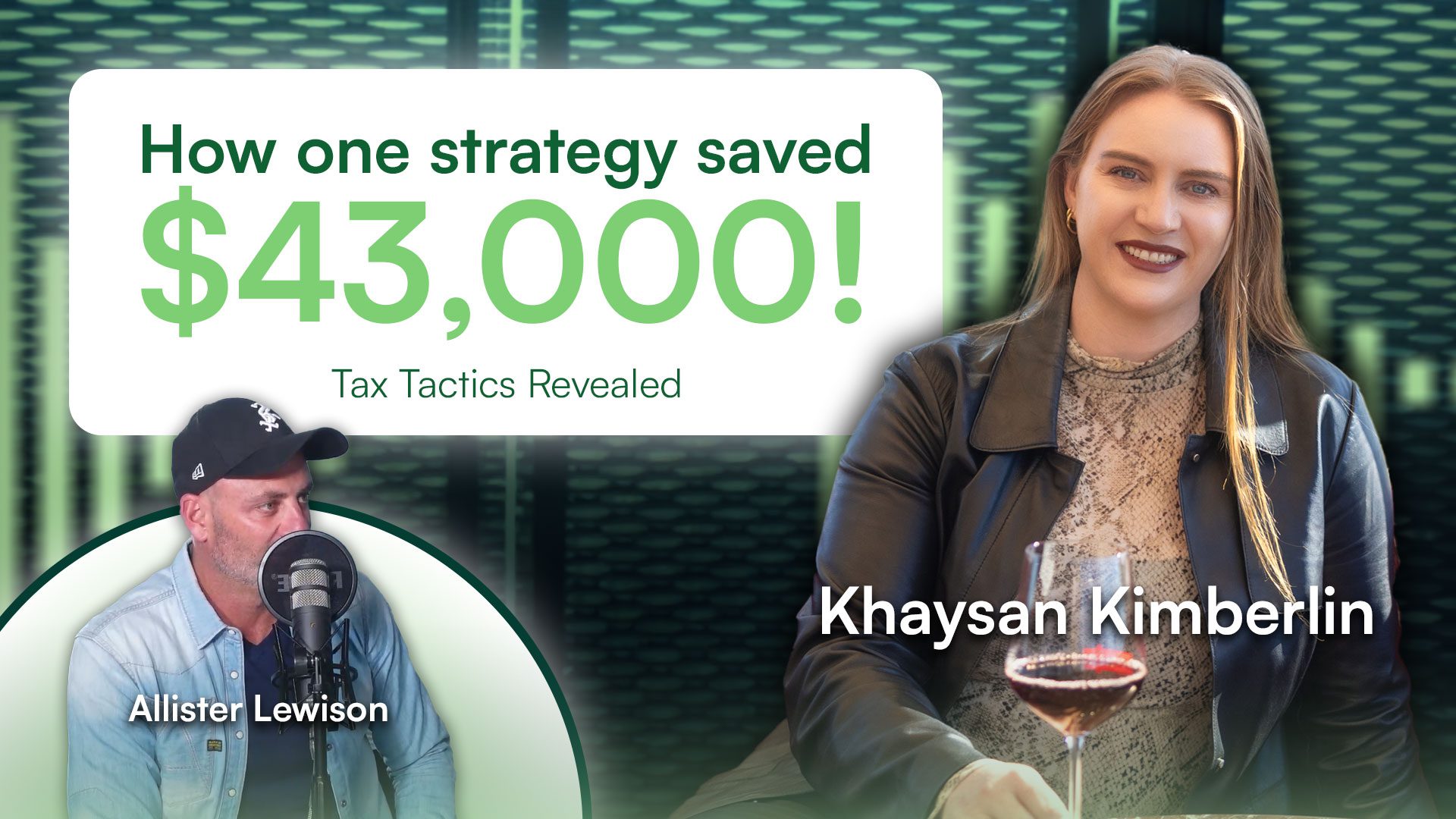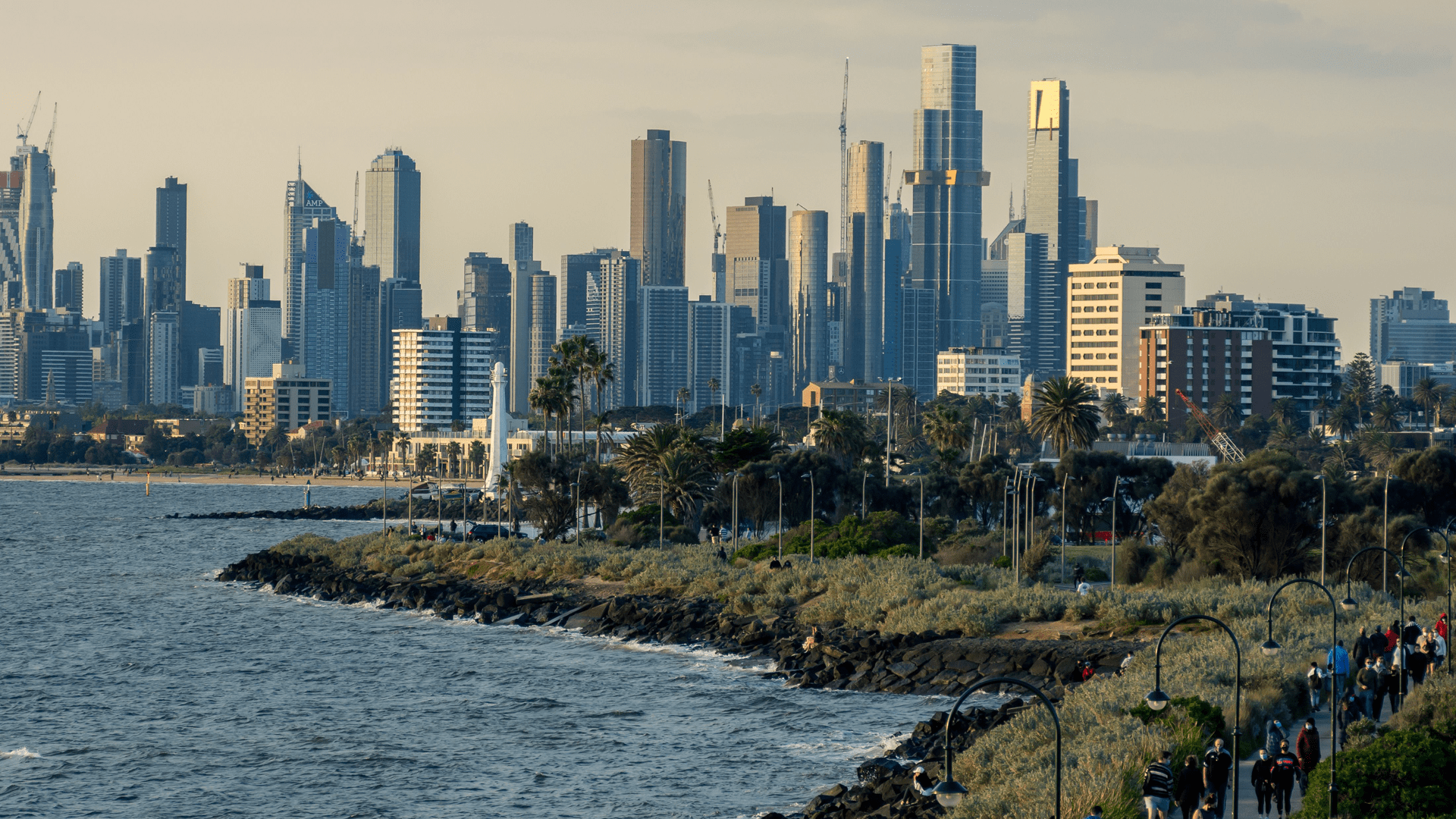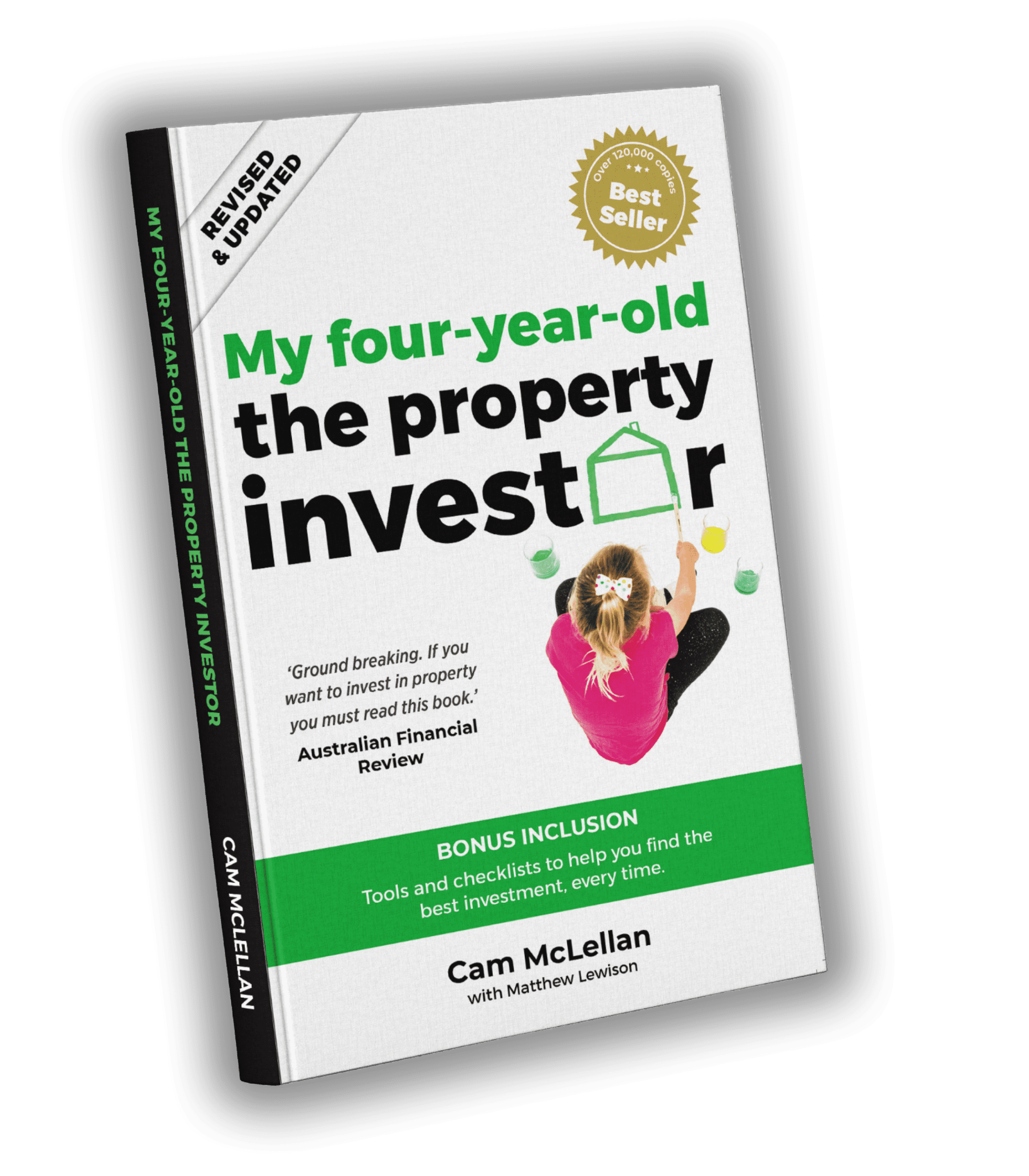By Cam McLellan, Director, OpenCorp
An asset is something that makes things better.
Let’s look at a few basic examples of assets and liabilities before I explain them in more detail – and you can try to pick which is which.
An investment property that puts money in your pocket each month and has strong growth potential?
Asset.
The family home?
Technically an asset, although it comes with a non-beneficial liability.
It’s important to distinguish between the two different categories of assets, appreciating assets and depreciating assets.
It’s also important to distinguish between the two different types of liabilities: beneficial liabilities and non-beneficial liabilities.
You can sometimes excuse a liability if it serves a purpose, such as funding an appreciating asset. You need to think very hard about any non-beneficial liabilities, as these will seriously set you back when building your portfolio.
The family home
The family home is your greatest asset. People have said this from the beginning of time. However, if you deem your family home to be your greatest asset then you have no investment strategy in play.

Your own home is a place you will love and enjoy and, because of the land content, it is classed as an appreciating asset. But it does not make you money; in fact, it costs you money.
Initially, you will have a substantial loan against your home, which is clearly a liability (a non-beneficial liability as it is not related to wealth creation).
Investment property
An investment property is also an appreciating asset because of its land content. The loan associated with this asset is a liability (a beneficial liability as the loan is related to wealth creation).
The building components of your investments or home are depreciating assets, as the value of the building will go down.
It’s only the land component that goes up or appreciates in value (although it is the building that produces the income).
Cars
Cars are a depreciating asset since the value will reduce over the life of the vehicle. Even if you pay cash for a car, it will still go down in value. The loan that is often attached to the car is the liability.
Here is a rule about cars while building your fortune: Drive the cheapest car your ego can handle.
If you are, for example, a sales rep earning $100k-200k per year, don’t drive a $100k Mercedes. Make do with a $20k Mazda. Don’t get me wrong; I have a number of cars. I’ve now earned the right to have a few toys, but really I feel most satisfied when I’m driving my old 1989 HiLux. And it’s great for touch parking!

Drive the cheapest car your ego can handle - Cam McLellan
Lose your ego. You’re far from a kingpin just because you have a flash car. You can hold another property or even two with the money you’ll save if your ego can handle it.
Some of the worst advice an accountant can give is to buy a depreciating asset like a car to reduce your taxable income. An accountant should instead be advising that you buy an appreciating asset like an investment property with good land content.
You can apply the asset/liability test to almost anything. Think of something like your mobile phone. The phone is an asset (depreciating asset). The phone bill, however, is a liability and depending on the call types, the bill can either be a beneficial or non-beneficial liability (it depends if the calls are making you money or not).
Debt
Now that you understand beneficial and non-beneficial liabilities, let’s briefly discuss debt. Society has brainwashed us to think we must be debt-free and that all debt is bad. This is where fear and doubt encroaches.
It’s where most would-be investors lose their way.
You must have confidence in the type of liability or debt that you acquire, and you must have an exit strategy. These things will give you peace of mind and assurance of the fact that you are on the right path.
When you build a substantial portfolio of property, the figures will really start to have some serious weight. Without confidence in your system and a clear exit strategy, it’s possible to become unsure of yourself and lose your way.
Don’t ever be scared of good debt. No matter how big the numbers are, as long as you can service the debt and it’s part of your investment strategy, which includes your exit strategy, you’re on the right track.
Remember to always stay in control of your cash flow. If you want to know how just download a budget template from the internet. The order in which you allocate your money is the key. Your priorities in order should be:
- Debt repayments
- Rent
- Food
- Power/gas
- Savings
and the very last …
- Clothing
- Entertainment
- Toys and holidays
Always remember: Cash is king. And if you make the necessary sacrifices in the right areas of your budget, you’ll free up funds to expand your property investment – and bolster your appreciating assets.
SUMMING UP:
- Understand the two different categories of assets: appreciating assets and depreciating assets.
- It’s very important to also distinguish between the two different types of liabilities: beneficial liabilities and non-beneficial liabilities.
- While building your initial portfolio, drive the cheapest car your ego can handle.
- Don’t ever be scared of good debt.
- Stay in control of your cash flow. Cash is king.

